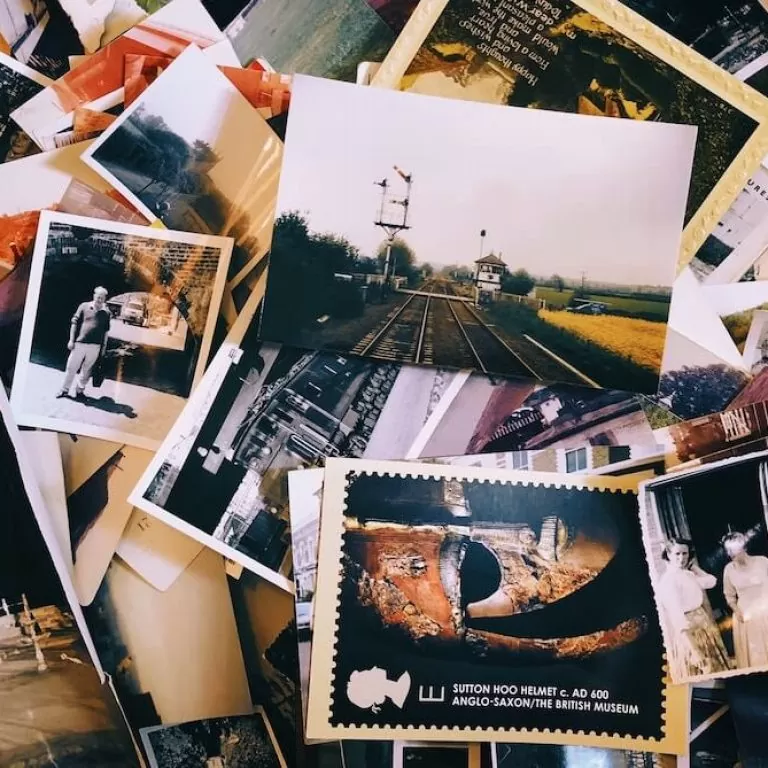
News Celebrating photography for #WorldPhotographyDay
Monday 19th August, 2019 is #WorldPhotographyDay – an “annual, worldwide celebration of the art, craft, science and history of photography.” We explore each of these elements with reference to some of our previous blogs.
World Photography Day looks to develop a movement beyond its annual one day occurrence, with the intention of continuing to inspire positive impact across the globe.
Social media makes this easier to facilitate because these platforms give photographs an immediate, worldwide audience. Connections can be fostered and may even develop beyond the virtual and into the material, through meet-ups and other group events.
The history of photography
Although the annual event relies heavily on online networks in the contemporary moment, World Photography Day originated from humble beginnings stretching as far back as the 19th century.
As we have discussed before on our blog, certain historical merits in the 1800s – notably the invention of the Daguerreotype – made the photography process publicly accessible. World Photography Day was chosen as a way of observing these significant events annually.
Despite photographic technologies evolving at a rapid pace and newer methods, such as time-lapse, pushing the boundaries of creativity further than ever before, such techniques are still rooted in over 140 years of history.
The basic principles behind time-lapse photography go right back to the investigations of Eadweard Muybridge in the 1870s and have continued to develop since this point in history. So, although something like time-lapse is considered a modern technique, its ties to the past make this an interesting subject for debate.
As well as a product of history, photography is also a way to document it. As noted on worldphotographyday.com, “A photograph has the ability to capture a place; an experience; an idea; a moment in time.
“Photographs even transcend the passing of time – a photo from a hundred years ago can still be as appreciated now, as it was then.”
Indeed, through photography we are invited to see things in a certain way but some photographs might also encourage us to see things differently.
The science & craft behind photography
With applications in fields such as astronomy, physics and biology, photography and its derivative methods can be thought of as scientific.
As well as the advantages that photography yields for science, the very manner of its process is incredibly technical. Time-lapse is no exception: at its most basic level it deals with mathematical equations concerning timings and frame rates in order to work successfully.
Most modern DSLR cameras assist photographers in this process but to become an absolute master of the craft, you must have understanding of the technical side of things in order to have some control over the image.
Stephen Wilkes’ work was recently featured by National Geographic for his unique approach to capturing photographs at regular intervals.
Camera software and remote capabilities negate the need to manually engage the shutter button when capturing a subject over considerably lengthy periods of time. What makes Wilkes’ work so unique and particular is his manual operation of the camera; clicking the shutter button to capture on average 1,500 frames in a 16-30 hour period.
Piecing the best frames together in postproduction, Wilkes then layers the images together in order to create the illusion of day turning into night in just one photograph.
This involves incredible skill, not to mention patience, as he watches the same scene for hours. It is also down to his own creative flare, which determines what is captured and how this will effect the finished product.
It is perhaps due to innovations such as these – as skilful photographers find ways to manipulate the tools and applications available to them – that the medium of photography is also considered art in and of itself.
Photography as art
The limits of photography as a form of expression knows no bounds, as technologies continue to develop and people continue to innovate.
From the varied contributions to World Photography Day this year alone, it is not difficult to see the artistic potential of the medium.
Time-lapse photography itself has entered into this debate between art and science, as the method continues to grow in popularity and application. Indeed, its visual appeal offers new ways of telling stories and experiencing our lived reality.
So in all its constituent parts and with all its creative possibilities – and as something so fundamental to how we interact and come to understand the world – photography is definitely worth celebrating.
What will you do, this #WorldPhotographyDay?